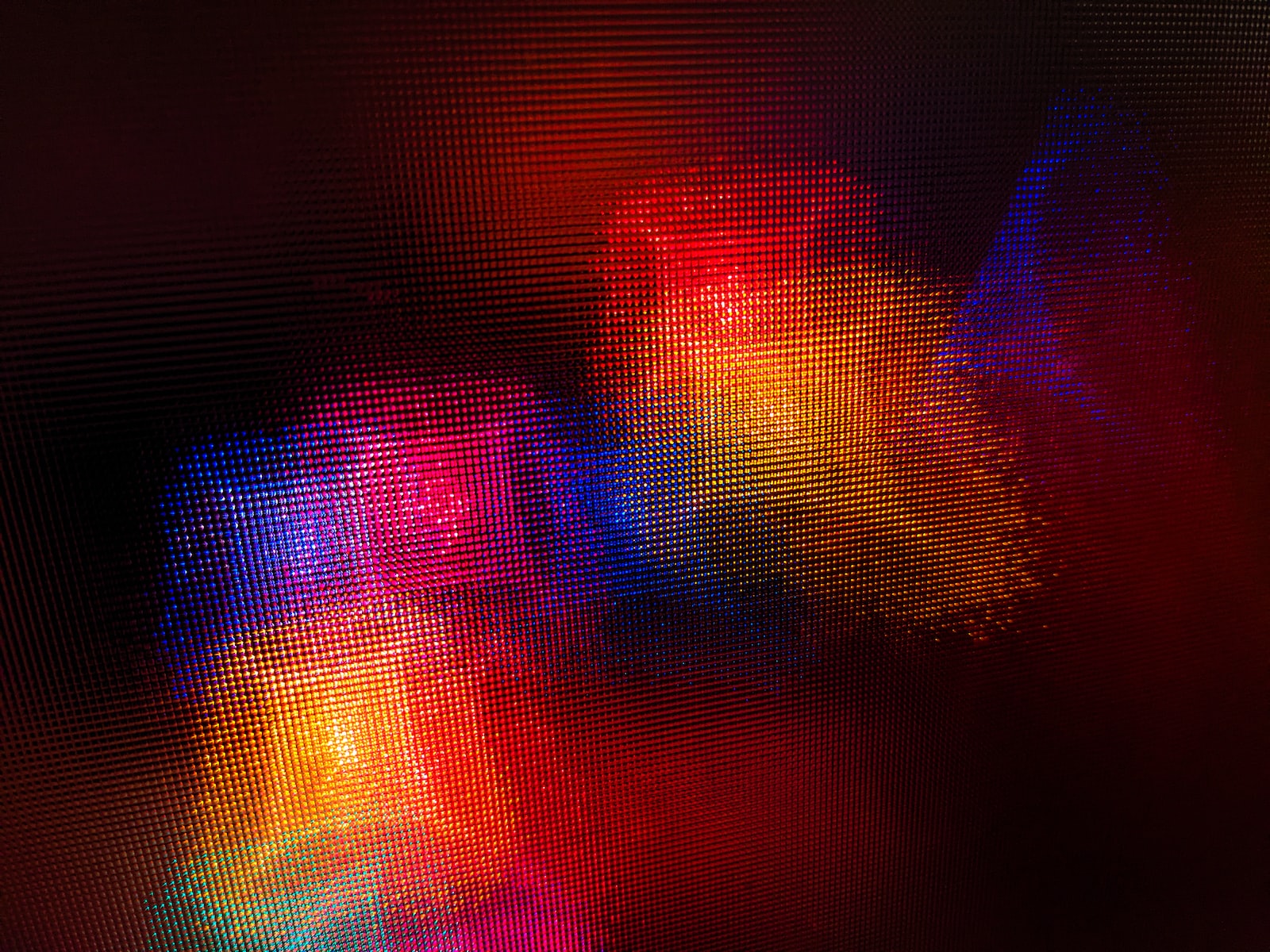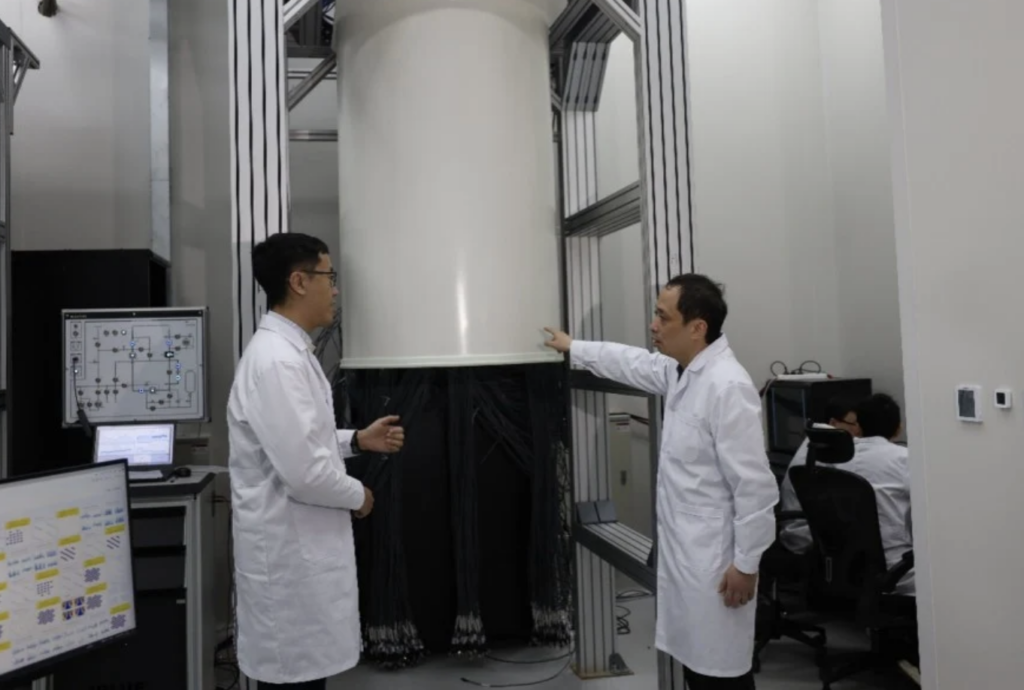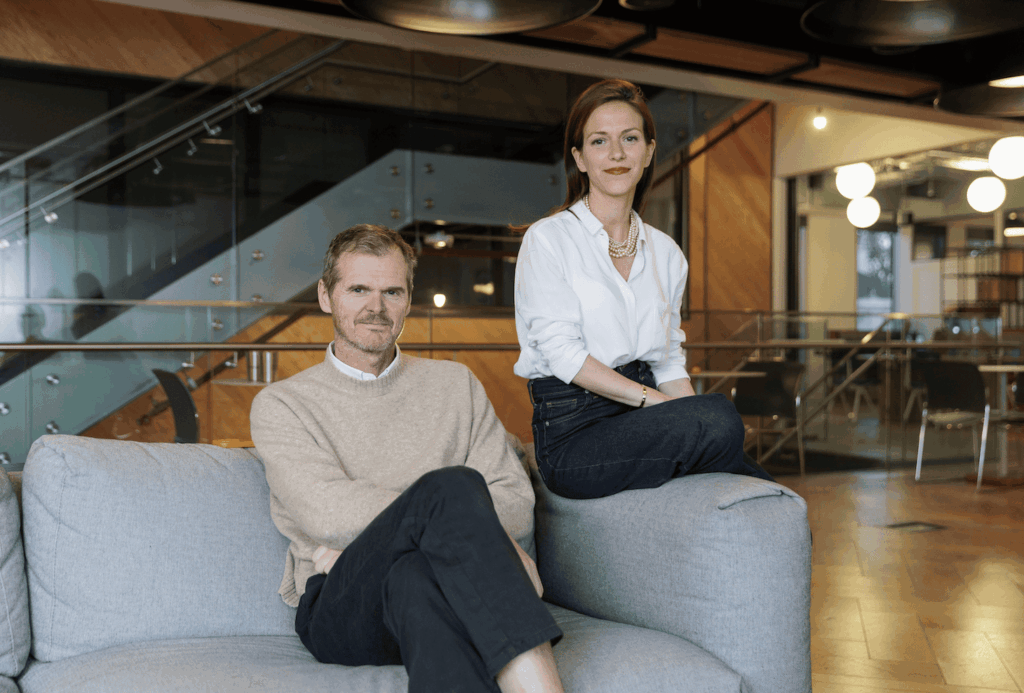A team of Chinese scientists report on a new method for entangling photons that they say could make quantum networks and quantum computing more practical, according to the South China Post.
In a study published in Nature Photonics, the team from the University of Science and Technology of China said that the new way to produce entangled photons is extremely efficient. The work was led by Jian-Wei Pan, one of the world’s leading quantum researcher from the Hefei National Research Center for Physical Sciences at the Microscale, the University of Science and Technology of China and CAS Center for Excellence in Quantum Information and Quantum Physics, University of Science and Technology of China.
Entangled photons are needed for certain forms of quantum communication and computing. These technologies require the ability to efficiently produce large numbers of particles — in this case, photons — that can remain entangled even when separated by vast distances to process and protect information. Specifically, the technology could be used in quantum relays that are used in long-distance, attack-proof quantum communication, the newspaper reports.
In the paper, the researchers said that the current state-of-the-art process for creating entangled photons is to shine a laser — which is a highly concentrated stream of photons — into a specially designed crystal. In this process, most photons go through the crystal, but some particles split into a pair of lower energy photons and are entangled with each other.

Obviously, with most particles streaming through the crystal, the process isn’t very efficient in creating entanglement and has other drawbacks, the team points out.
The researchers write: “Nevertheless, the process of paired photon creation is probabilistic in nature, and the chance of success in each trial needs to be kept very low to limit the contribution of high-order events. Besides, the efficiency of the probabilistic fusion gate is intrinsically limited by a maximum value of 50%. These issues result in poor scaling as the photon number goes large. In addition, the number of entanglement sources used increases linearly as a function of the photon number, which results in a very complex setup.”
The team said that their approach centered on multiphoton generation with a Rydberg superatom, which is an atomic ensemble. They used it as an efficient single-photon interface, creating a train of photons.
In this method, when atoms absorbed energy and grew bigger, they interacted with nearby atoms. The atoms energy levels shifted and stimulated entanglement.
Using photon correlations, the researchers verified entanglement up to six qubits.
They write: “The overall efficiency to detect one photon is 9.4%. After correcting the measurement inefficiencies, we obtain a scaling factor of 27%, surpassing previous results and paving the way for larger-scale photonic entanglement.”
The researchers suggest several paths to scaling the system to meet practical needs in quantum communication and quantum computing.
“Our approach is advantageous since it is not only very resource efficient by merely using a single setup but also shows much better scaling of adding more photons,” they write. “To further improve the efficiency scaling factor, one may use an atomic ensemble with a higher optical depth, a cavity with higher finesse and higher output coupling efficiency that may require placing the cavity inside a vacuum chamber. Further measures of improving the fidelity scaling factor includes using lasers with smaller phase noise, eliminating retrieval crosstalk and improving the patching-pulse fidelity.”

















